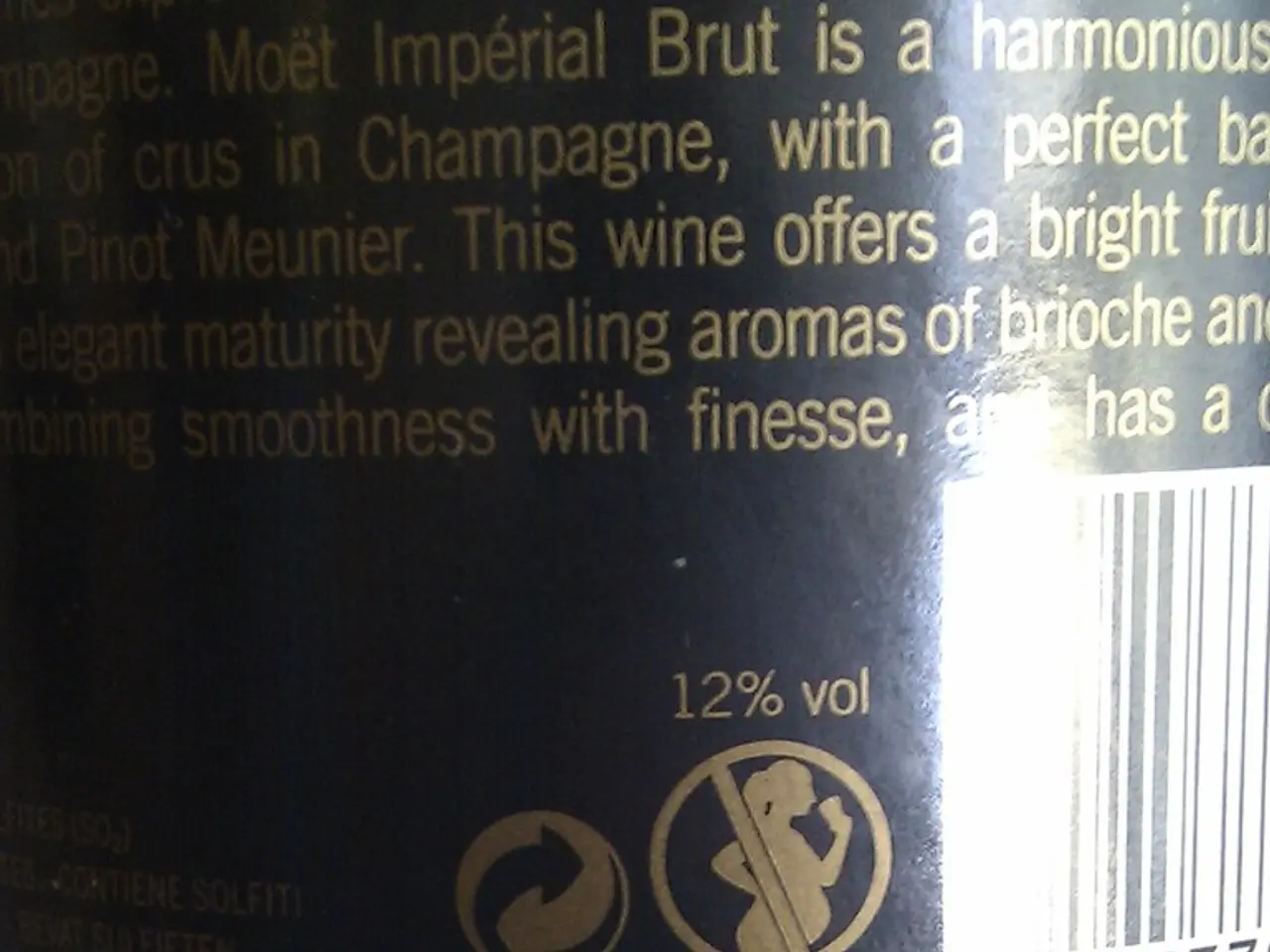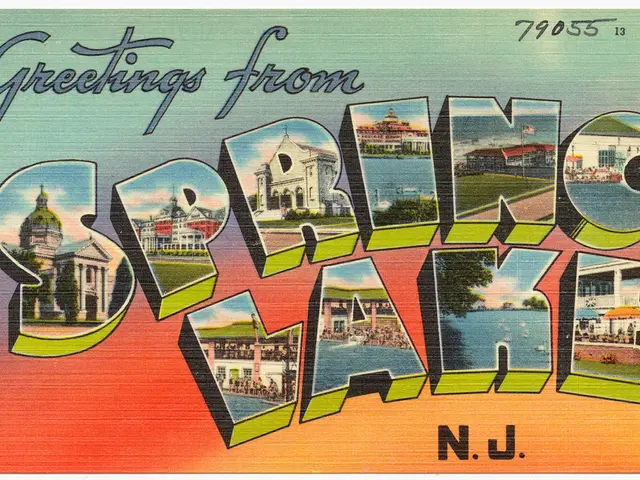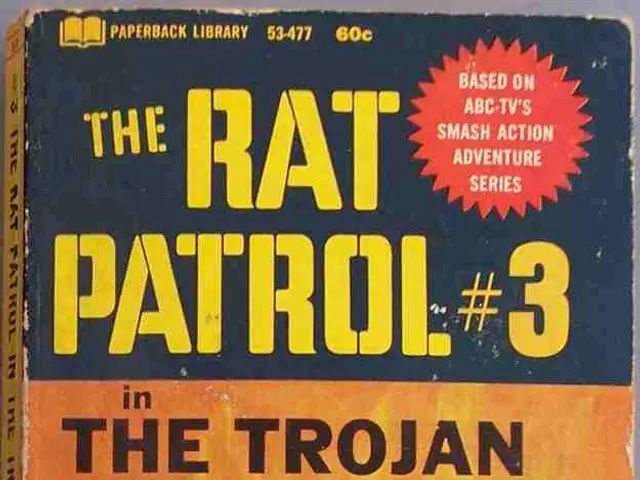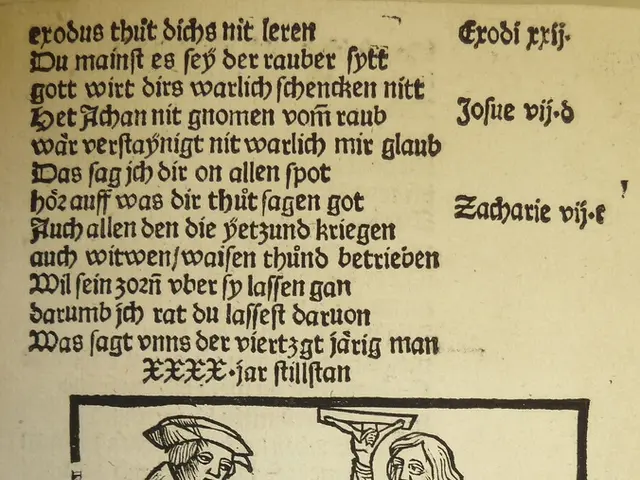Exploring EUDR-Associated HSN Codes: Are Your Products Included?
In the rapidly evolving world of international trade, compliance with regulations is paramount. One such regulation that has gained significant attention is the EU Deforestation Regulation (EUDR). This regulation, aimed at combating deforestation and promoting sustainable practices, has far-reaching implications for exporters dealing in commodities such as coffee, cocoa, rubber, timber, soy, palm oil, and beef.
Under EUDR, authorities track and verify a product's journey back to the farm using Harmonised System of Nomenclature (HSN) codes. These codes are essential for classifying products, linking them to the Due Diligence Statement (DDS), and preventing misreporting and shipment rejections.
However, manual tagging of HSN codes can lead to errors. To mitigate this risk, it's recommended to use digital tools that auto-assign HSN codes based on the commodity and integrate directly into the EUDR reporting dashboard. Our product's EUDR Compliance Platform, for instance, helps businesses manage HSN code requirements by automatically tagging commodities with their correct HSN classifications throughout the supply chain.
Customs declarations must now reference the DDS number, proving that the commodity has been traced all the way back to the farm or forest. The DDS reference number must be integrated into the customs declaration, tying the product's identity and compliance history directly to the shipment. Geolocation data must also be linked to the HSN-coded batch to form the core of EUDR traceability proof.
Many exporters, producers, and traders are unsure if their products are covered under EUDR and which HSN codes trigger compliance. It's important to review HSN codes against EUDR's list, avoid relying on old codes that may no longer apply, and be able to prove due diligence if a code is flagged.
Before exporting, a checklist should be run to ensure the correct HSN is used, the DDS is submitted, customs documentation is aligned, and satellite-verified traceability is in place. Misclassification of commodities or incorrect HSN codes could lead to shipment delays, rejections, or fines from customs.
The EUDR deadline is approaching, so it's important to file the Due Diligence Statement (DDS) and ensure full traceability and compliance readiness to avoid shipment rejections, financial penalties, and reputational risks. Getting the HSN codes wrong could lead to delays, financial penalties, or rejected shipments at EU ports.
Examples of HSN codes to watch (EUDR-listed) include Rubber (4001, 4008, 4011), Coffee (0901), Cocoa (1801, 1806), Palm oil (1511), Soy (1201), Wood & Products (4403 to 4412), Beef (0201, 0202). It's crucial to understand these codes and their implications for your business.
In conclusion, the EU Deforestation Regulation (EUDR) is a significant development in the global fight against deforestation. By understanding and adhering to the regulations, businesses can ensure smooth and compliant trade operations, avoiding potential penalties and maintaining a positive reputation in the industry.
Read also:
- Exploring Profitable Business Opportunities in Nigeria: Discover Lucrative Businesses Immediately
- Government debut: Vehicle-mounted scanner checks for fraudulent parking
- Defense Manufacturing Project Reaches Significant Graduation Milestone at National Level
- Skilled autodidact, Akira Miki, showcases his proficiency in aluminum welding, as detailed in the second installment of this series.








